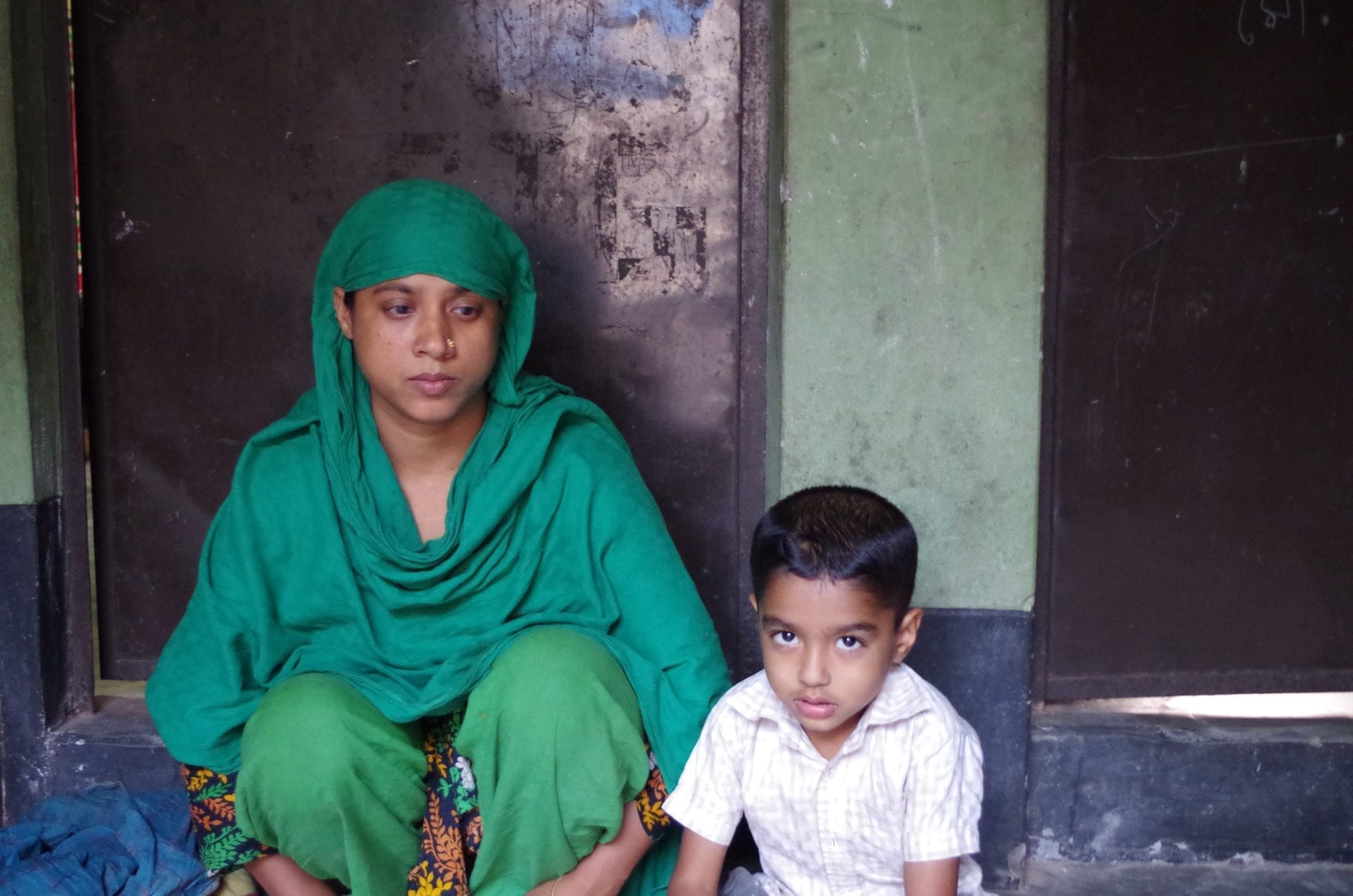On the seven-year anniversary of a deadly Bangladesh factory fire that killed 112 mostly young, female garment workers and injured more than 200 others, progress made by workers to improve their workplaces is threatened by the country’s crackdown on their right to organize.
From the November 24, 2012, Tazreen factory fire through this month, Bangladesh’s garment sector has seen at least 3,883 worker injuries and at least 1,310 deaths due to factory fires, fire stampedes and other safety lapses, including the April 2013 Rana Plaza building collapse and subsequent incidents.
After the Rana Plaza building collapse, worker demands for change and an international outcry spurred the Bangladesh government, international brands and some ready-made garment employers to address workplace dangers by providing workers and managers with factory-based safety training and empowering workers through organization into trade unions—measures that have improved safety for some workers.
Fire and building safety programs implemented by Bangladesh trade unions in partnership with the Solidarity Center since 2012 have trained more than 7,000 garment worker union leaders, safety committee members and rank-and-file members to identify, report and advocate for the remediation of fire and building safety hazards. The program also certified more than 400 workers as master health and safety trainers.
“[Workers] know to call a mechanic if there is a short circuit in the machine; they also notify if there are wires lying around on the floor,” says sewing machine operator and Solidarity Center safety trainer Mosammat Moushumi Akter of the Rumana Fashion Limited Workers Union in Gazipur. “I have learned these and also taught my co-workers,” she said.
Building worker power has paid measurable safety dividends: In 29 factories where garment workers organized trade unions and became empowered to negotiate with employers, workers secured collective bargaining agreements that contain legally binding safety and health provisions holding responsible parties accountable for preventing and addressing workplace safety violations.
“Faulty wiring that could easily spark a deadly fire is getting repaired; the paths to emergency exits are being cleared; and dehydrated workers are gaining access to clean drinking water,” said Solidarity Center Asia Regional Programs Director Timothy Ryan.
Where workers and management have collaborated on safety and where workers are empowered to raise safety issues with less fear of retaliation, progress has been made. More than 85 percent of life-threatening safety issues raised by workers trained under Solidarity Center’s program funded by the U.S. Department of Labor were remediated by management during the past two years.
Although significant fire and building safety improvements have been achieved, progress is being threatened by attacks on workers’ right to organize. Workers seeking to improve safety in their factories in 2018 reported employer intimidation, threats, physical violence, loss of jobs and government-imposed barriers to union registration.
Attacks on garment union leaders and workers protesting poverty wages in 2018 and 2019 also have had a chilling effect on organizing. From December 2018 to March 2019, the worst phase of the crackdown on worker rights, union application rates fell by 75 percent in comparison with the same period in 2018.
Without collective power to hold employers accountable for maintaining safety gains, worker rights advocates fear that backsliding is inevitable.
“Many people are concerned that there may be another Tazreen and Rana Plaza tragedy,” says Rakibul Hasan, Solidarity Center program officer in Dhaka. “Without the protection of the union and a way to speak out without fear of retaliation, workers are still in danger.”
Four million garment workers, mostly women, toil in 3,000 factories across Bangladesh, making the country’s $25 billion garment industry the world’s second largest, after China. Wages are the lowest among major garment-manufacturing nations in the region, while the cost of living in Dhaka is equivalent to that of Abu Dhabi, Dubai, Luxembourg and Montreal. Bangladesh’s ready-made garment industry accounts for 81 percent of the country’s total export earnings and is the country’s biggest export earner.
(Video below in English)

